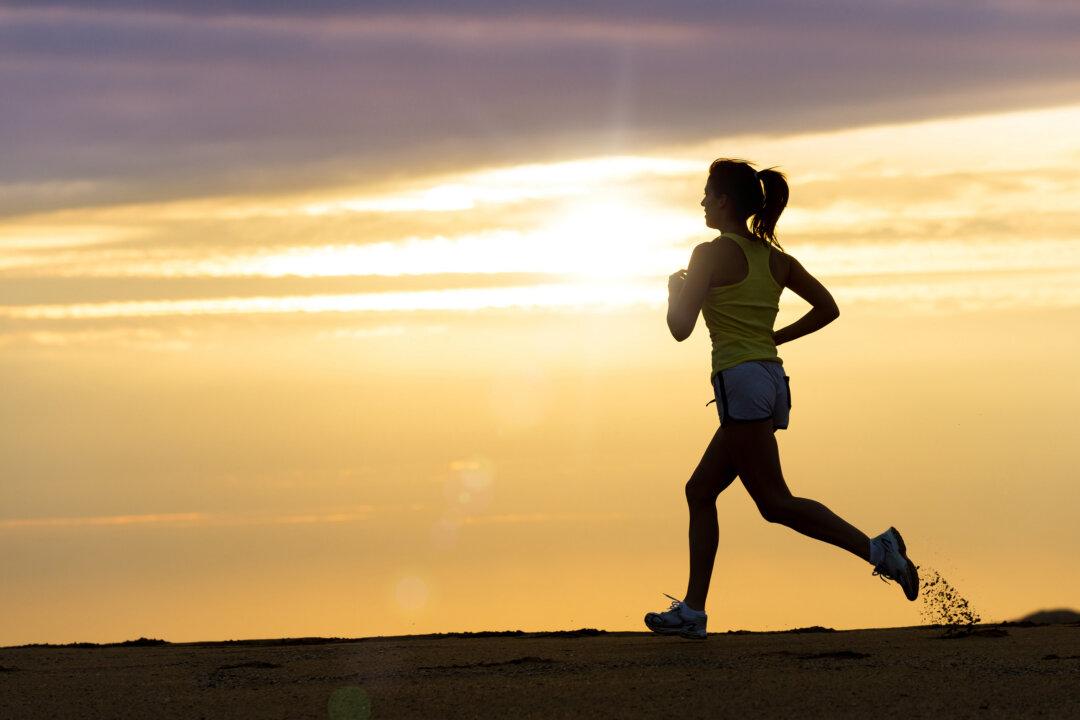By Lila Seidman
From Los Angeles Times
LOS ANGELES—It’s the least wonderful time of the year—at least for many who favor late-in-the-day recreation.

LOS ANGELES—It’s the least wonderful time of the year—at least for many who favor late-in-the-day recreation.